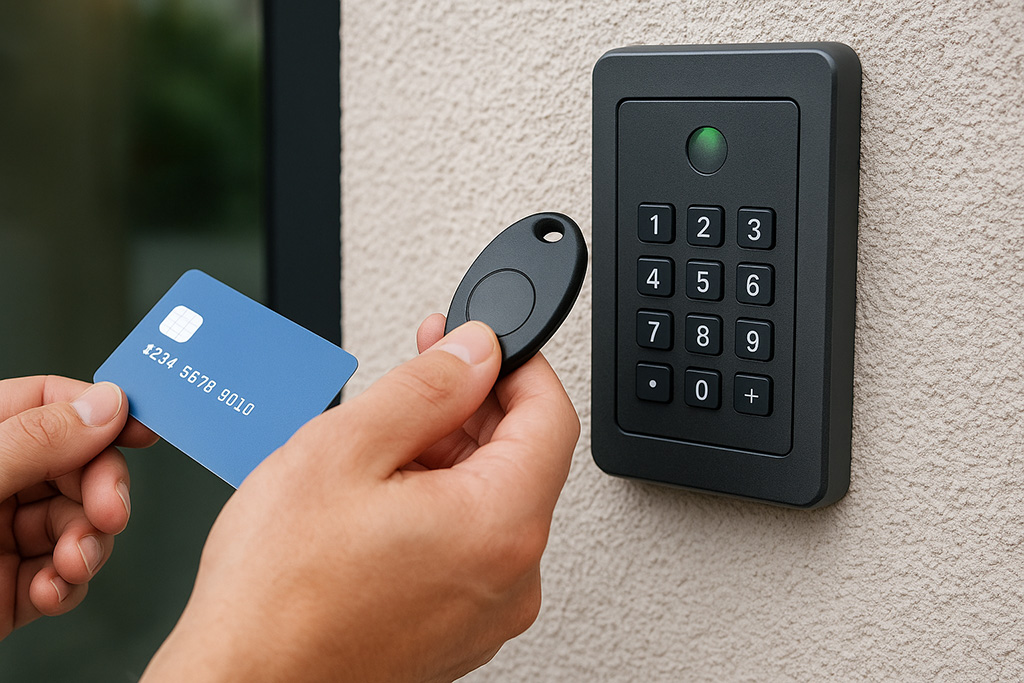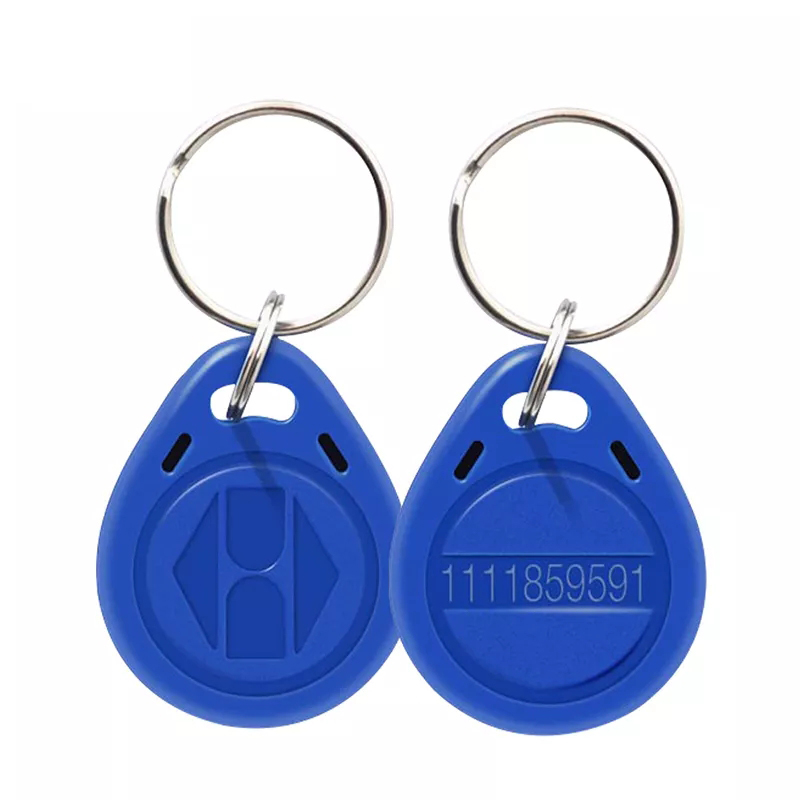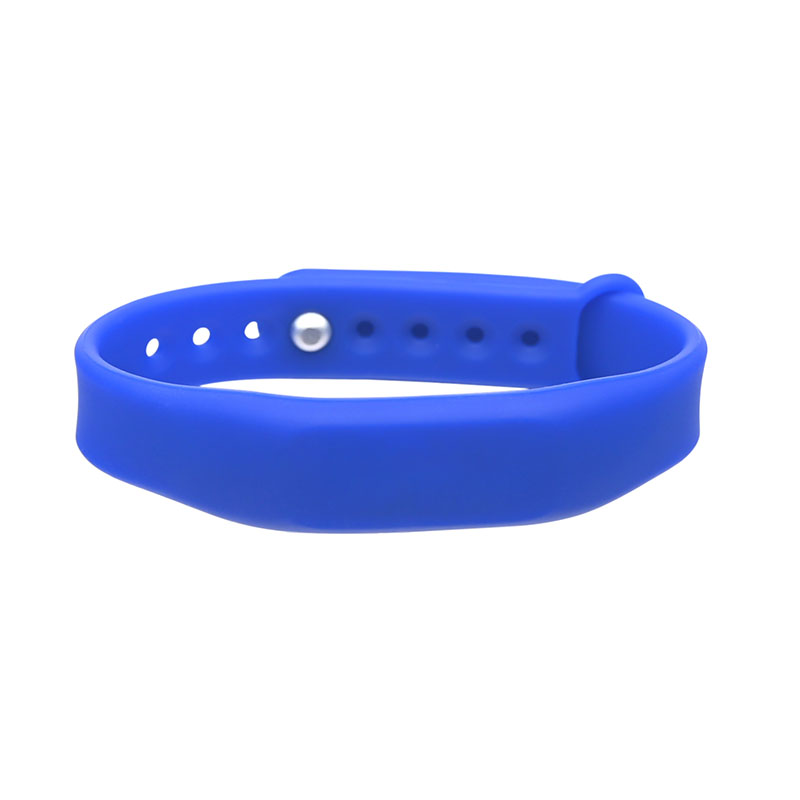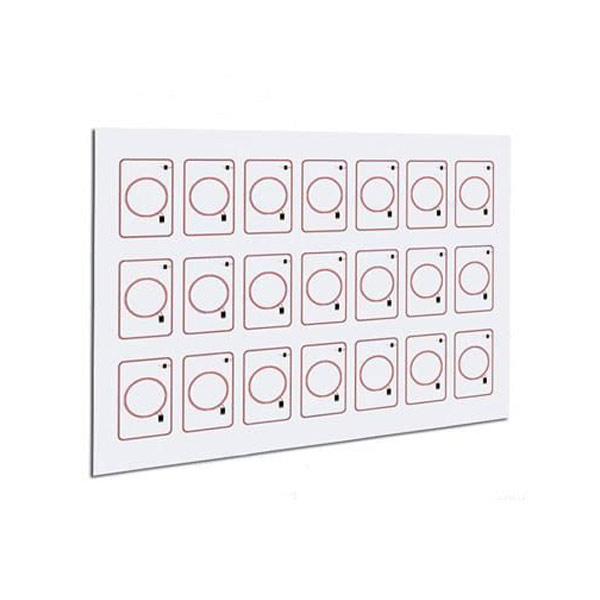
If you still think RFID is only about anti-theft tags in retail stores, you may be missing the bigger picture. RFID today powers real-time temperature tracking in perishable shipments, authenticates luxury products, and streamlines inventory across global supply chains. What was once a simple identification tool has become the backbone of modern logistics and Access control.
In one of our own projects with a fashion retailer, RFID adoption boosted inventory accuracy from 87% to 99.5%. That wasn’t just a number—it eliminated overstocking, enabled real-time online fulfillment, and reduced lost sales from stockouts. For the retailer, RFID became a revenue enabler, not just a technical upgrade.
But as RFID spreads into payments, workplaces, and even residential security, one issue demands greater attention: RFID security. The same contactless convenience that attracts users also introduces vulnerabilities, from card skimming to Key Fob cloning. Without the right safeguards, convenience quickly turns into exposure.
Why RFID Security Matters in Payments and Access
Whether it's payment or Access control, the core is trust. If consumers fear fraudulent transactions with a simple tap on the subway, they won't use contactless payments. If property managers worry about cloned Key Fobs circulating freely online, they won't trust RFID Access control. In other words, whoever promotes RFID bears the responsibility for security incidents.
In the payment sector, the risks are primarily financial and reputational. A single stolen RFID credit card transaction may be small, but large-scale fraud can quickly undermine user trust in the entire platform.
In Access control, the risks are more physical and organizational. An unauthorized break-in, whether in a laboratory, a computer room, or a residential complex, can cause losses far beyond financial means.
In my experience, the "best Access control system" isn't necessarily the one with the longest read range or the flashiest appearance, but rather one that strikes a balance between convenience, scalability, and attack resistance. A truly effective system often achieves this balance.
Common RFID Security Threats
1. Skimming in Crowded Environments
Skimming is more than a theory. Airport security teams have caught individuals carrying concealed RFID readers designed to harvest data from unsuspecting travelers. While the range is typically limited to a few centimeters, in crowded areas like metros or concerts, a stolen scan can happen in seconds. Victims often remain unaware until fraudulent transactions appear.
2. Card Cloning and Unauthorized Duplication
Older low-frequency (125 kHz) Access control Key Fobs are especially vulnerable. In one property project, tenants discovered their Fobs could be duplicated for less than $20 with devices bought online. Unauthorized copies gave outsiders Access to apartments, gyms, and parking garages. The fix required migrating to encrypted high-frequency smart cards—a costly but necessary move.
3. Replay and Relay Attacks
Relay attacks capture and retransmit legitimate RFID signals to fool a system. This technique has been widely reported in automotive “Keyless entry” theft, but it applies equally to poorly secured office RFID door Access. Criminals don’t need to break encryption if they can simply replay a valid signal.
Contactless RFID credit cards are popular because they eliminate PIN entry for small payments. But speed can come with trade-offs. In several markets, lost cards were used for multiple low-value purchases before the bank or user noticed.
To address this, banks introduced per-transaction limits and advanced fraud detection. On the consumer side, simple RFID-blocking wallets add an extra layer of defense. Businesses, however, must go further: ensuring EMV compliance, keeping POS terminals updated, and deploying analytics to detect unusual transaction patterns.
RFID Door Access: A Double-Edged Sword
RFID door Access has clear advantages over physical Keys: instant deactivation of lost cards, digital audit trails, and centralized credential management. These features explain its widespread adoption in both corporate offices and residential complexes.
But real-world deployment has its challenges. Metal-heavy environments can cause interference, legacy readers may not support modern encryption, and IT integration is often underestimated. In my experience, success depends as much on project planning and vendor support as it does on the hardware itself.
Key Fobs may look like the simplest part of an Access control system, but their security levels vary widely.
Low-frequency Fobs (125 kHz): Cheap, but easily cloned. I personally tested a cloning device bought online and duplicated a Fob in under a minute.
High-security Fobs (MIFARE DESFire, HID iCLASS): Encrypted and tamper-resistant, much harder to copy.
When combined with multi-factor authentication (e.g., card + PIN, or card + mobile confirmation), the security of even standard systems rises dramatically. The initial upgrade cost can feel high, but compared to the fallout of a breach—both financial and reputational—it’s a small price.
RFID vs. Smart Cards: Knowing the Difference
Not all cards are created equal.
RFID cards: Usually simple identifiers, suitable for low-risk environments like gyms.
Smart cards: Contain processors for encryption and secure authentication, essential in banking, research labs, or government offices.
Organizations should match their investment to their risk exposure. Using RFID cards where smart cards are needed is not just inefficient—it’s dangerous.
Core Principles for Strong RFID Security
From years of implementation, I’ve found a few non-negotiables:
Encryption by default – Credentials should always be encrypted, never plain numbers.
Multi-factor authentication – Combine cards with PINs, biometrics, or mobile apps.
Fast deactivation – Lost cards should be revoked instantly through digital platforms.
Durable design – Use tamper-resistant, anti-cloning materials for high-value Access points.
The Future of RFID Security
RFID is evolving alongside other technologies:
Blockchain for immutable supply chain tracking.
Biometrics for tying cards to physical identity.
AI for detecting anomalies in Access patterns in real time.
What stands out is that success will rely less on hardware specifications and more on integration and usability. Businesses increasingly prioritize how well RFID solutions connect to IT, compliance, and user experience.
Conclusion: Choosing the Best Access Control System
RFID adoption is accelerating, but its security must keep pace. When evaluating solutions, businesses should ask:
Does the system support strong encryption and multi-factor authentication?
How quickly can compromised credentials be revoked?
Can it integrate seamlessly with IT and compliance systems?
From my perspective, the best Access control system is not the one with the most powerful reader, but the one that balances convenience, scalability, and security resilience.
If your organization is considering RFID for payments or door Access, now is the time to evaluate security holistically. Don’t wait for a breach to highlight gaps. Choose solutions that protect both your assets and your reputation—because in today’s environment, trust is your most valuable currency.





